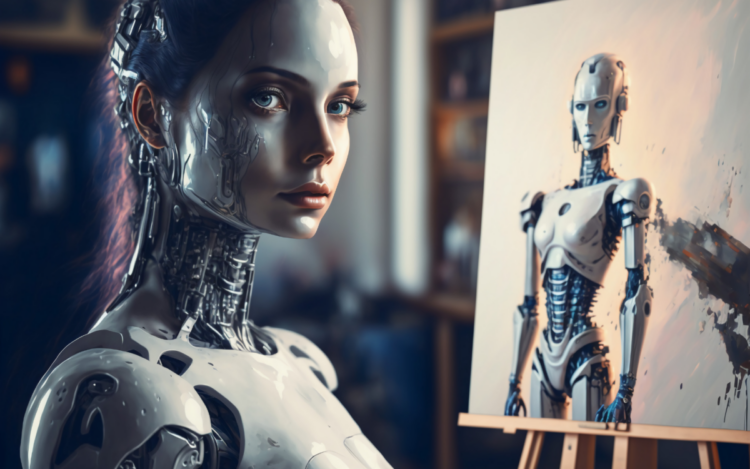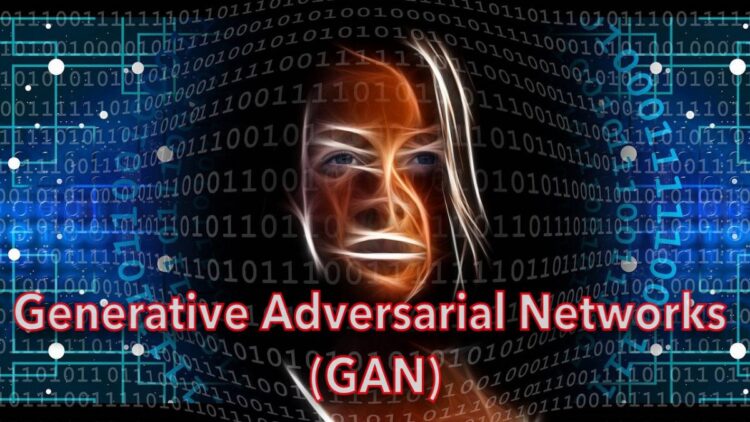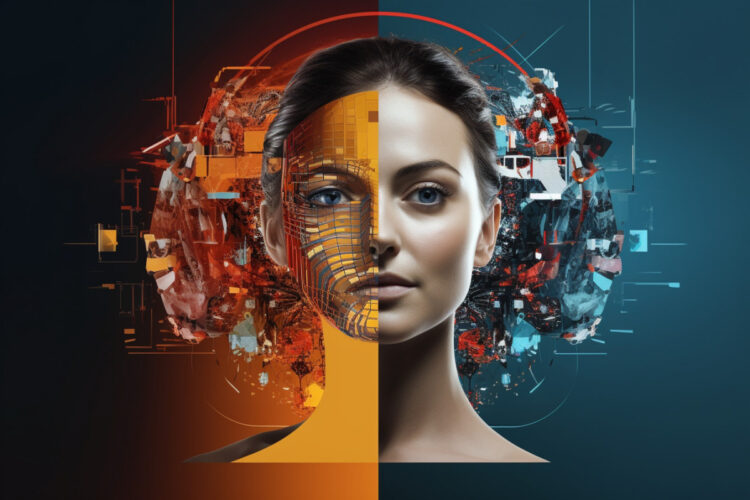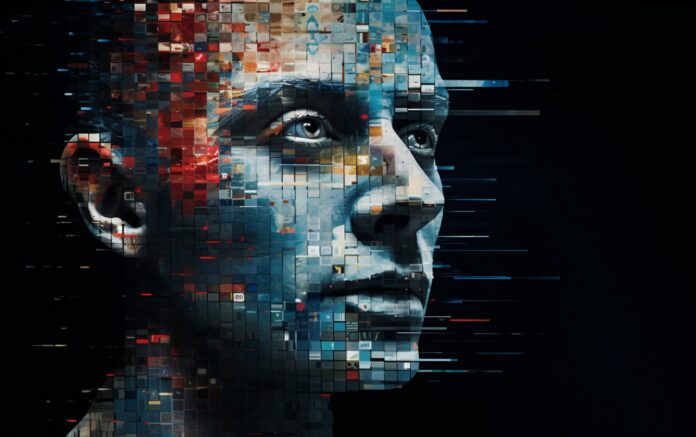Artificial intelligence (AI) has made significant strides in various domains, revolutionizing how tasks are performed and information is processed. One of the most fascinating developments is image generation.
AI models with deep learning algorithms have unlocked the potential to create highly detailed and complex images from simple text descriptions. This capability showcases AI’s power in understanding and interpreting human language and opens up new avenues for creativity and innovation.
Whether for artistic purposes, game development, or enhancing virtual reality experiences, the limitless imagination of AI models in image generation, such as Fireworks.ai, is setting the stage for a new era of digital creation.
The Significance of AI in Image Creation

Artificial Intelligence, or AI, has been gaining traction in many industries over the past decade, and one of its most fascinating applications is image generation. With the help of deep learning algorithms, machines can now create images that can pass off as real photographs completely from scratch.
By analyzing and learning from thousands of images, AI can produce new, unique images that look and feel like they were taken by a human.
So, how exactly does it work? AI generates images by combining convolutional neural networks and generator architectures, which work in tandem to build up an image pixel by pixel. Although still in its early days, AI-generated images have vast potential implications, with uses ranging from video game development to medical imaging to advertising.
The use of GANs (Generative Adversarial Networks) in creating images

As technology advances rapidly, we are constantly amazed by what machines can accomplish. One of the most fascinating developments in recent years has been the creation of GANs, or Generative Adversarial Networks.
These complex systems use artificial intelligence to generate images that are so realistic it can be difficult to distinguish them from photographs taken by humans.
This technology has endless applications, from facilitating more realistic video game graphics to creating lifelike medical imaging for patient diagnosis.
It’s an incredible breakthrough that has the potential to revolutionize a wide range of industries and change our perceptions of machines’ capabilities.
How GANs work and the concept of “adversarial training.”
At the heart of Generative Adversarial Networks (GANs) is a revolutionary concept known as adversarial training, a method that pits two neural networks against each other in a game of deception and detection.
This innovative approach involves one network, known as the generator, which creates synthetic data to mimic real-world data so closely that it becomes indistinguishable from the actual thing.
The second network called the discriminator, scrutinizes this data, attempting to discern whether it’s genuine or fabricated by the generator. This dynamic rivalry drives a continuous cycle of adaptation and improvement, with each network striving to outsmart the other.
This adversarial process is akin to a high-stakes game of cat and mouse, where the generator continuously refines its ability to produce increasingly convincing fake data, while the discriminator becomes ever more skilled at detecting the nuances that distinguish real data from impostors.
Through this iterative process, both networks undergo a rigorous learning curve, enhancing their capabilities and intelligence. The feedback loop generated from this interaction is crucial, as it underpins the system’s ability to self-improve and adapt over time, leading to the generation of highly realistic outputs.
The implications of this are profound, as GANs transcend the traditional boundaries of machine learning and artificial intelligence. By leveraging the power of adversarial training, GANs can generate high-quality, realistic images, videos, and even text that can be difficult to differentiate from authentic content.
The capability opens up a myriad of possibilities across various domains, from creating photorealistic images and animations for the entertainment industry to generating synthetic datasets for training machine learning models without the need for extensive real-world data collection.
The flexibility of GANs lies in their ability to be customized and fine-tuned according to specific requirements. By adjusting the input data fed into the generator and tweaking the network architectures, researchers and developers can steer the output in the desired directions, catering to a wide array of creative and practical applications.
Future advancements and possibilities for AI models in image generation

As technology advances, the possibilities for AI models in image generation are becoming more and more exciting. With the ability to learn and adapt quickly, these models can create images that are so realistic that it’s hard to believe a computer program generated them.
The scope for application of AI-generated images spans a vast array of fields, each with its unique demands and creative challenges. In the realm of art and design, AI models are breaking new ground, enabling artists to explore novel forms of expression by creating life-like portraits and abstract art that push the boundaries of traditional mediums.
Similarly, in the entertainment industry, these models are being used to generate intricate landscapes and detailed character models, offering filmmakers and game designers the tools to craft immersive worlds that captivate and enchant their audiences.
This convergence raises profound questions about the nature of creativity and the role of technology in artistic and visual expression. It also opens up exciting possibilities for collaboration between humans and AI, where the technical capabilities of AI models are guided by the creative vision and expertise of human artists and designers, leading to new forms of hybrid creativity.
The possibilities for AI-generated images are endless, from creating life-like portraits to generating landscapes that transport you to another world. As these models continue to evolve, it’s exciting to think about the future’s possibilities. Perhaps one day, AI-generated images will be indistinguishable from those created by a human hand. The future of image generation truly looks bright!
Final Thoughts
The realm of AI-generated imagery opens up vistas of unlimited potential and creativity, offering a glimpse into a future where art and technology converge in unprecedented ways. It challenges our traditional perceptions of creativity and the artist’s role and holds promise for substantial advancements in fields ranging from entertainment to healthcare.
As we approach this new horizon, it’s crucial to consider the ethical implications and ensure the responsible development and deployment of these technologies. Nevertheless, exploring AI’s capabilities in image generation is an exciting testament to human ingenuity and a harbinger of the wonders in the digital frontier.







